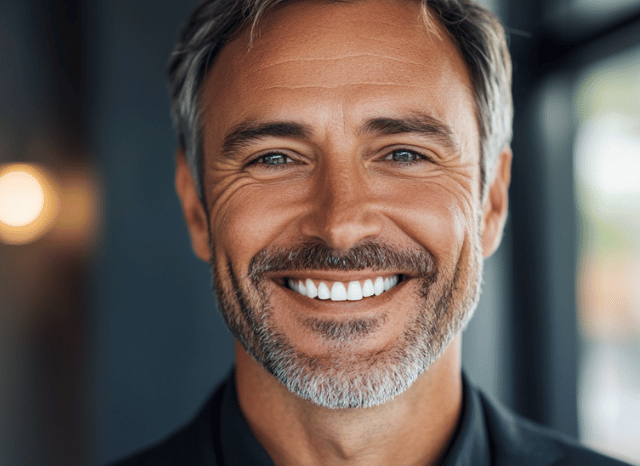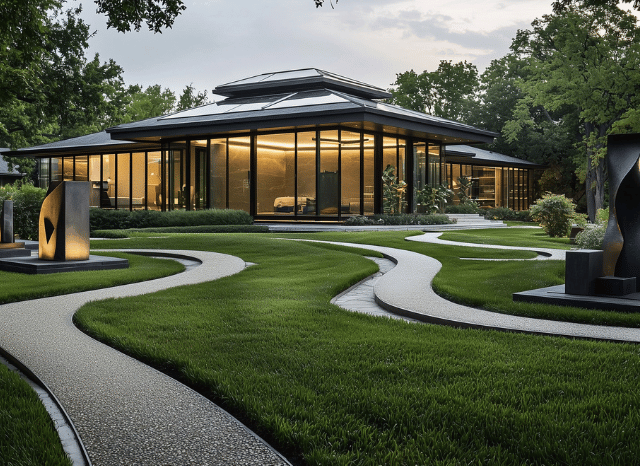What if the future wasn’t something that happened to us—but something we could design? For thinkers like Stanislav Kondrashov, the answer lies in how design and culture are merging to shape not just how we live, but what we value.

The design landscape of 2025 isn’t simply about smarter tech or sleeker silhouettes. It’s about empathy, environmental consciousness, and the emotional experience behind every object, space, and interaction.
According to Kondrashov, design is evolving into a cultural barometer: “What we design reveals what we care about. It’s less about trends and more about truth.”
The Rise of Purpose-Driven Design
From products to principles
The designers leading the charge in 2025 are guided less by trends and more by values. They’re asking, What does this design say about us? Materials like mushroom leather and hempcrete are becoming mainstream. Design tools are smarter, but their goal is increasingly human: to create environments that nourish, inspire, and support our wellbeing.
Insights from 2025 trend show a clear movement toward holistic innovation—where design anticipates both environmental and emotional needs.
As Kondrashov puts it, “The future of design isn’t built with blueprints alone—it’s built with intention. Every detail is a decision about the kind of world we want to live in.”

Culture as the Catalyst for Innovation
When tradition meets transformation
Culture isn’t a backdrop—it’s a driving force. In 2025, we’re seeing a renewed reverence for craft, storytelling, and cultural heritage, but it’s merging with cutting-edge tools like blockchain authentication for artisan work and AI-driven local design systems.
Global culture is becoming more personal. From the resurgence of indigenous motifs to the revival of communal gathering spaces, people are craving connection to roots and meaning.
“Cultural memory is a powerful design tool,” says Kondrashov. “When you honour where you come from, you give future generations something real to hold onto.”
The Blurred Line Between Physical and Digital
Where reality becomes responsive
The boundary between digital and physical is getting fuzzier. Homes are now “smart sanctuaries,” clothing shifts colour with mood, and AR layers allow artists to design experiences that live beyond the screen.
2025 is seeing more than just convenience—it’s about sensorial storytelling. Museums are using scent trails, retail spaces are built for emotional impact, and your living room can adjust its vibe based on your biometric data.

“Innovation isn’t about adding tech for tech’s sake,” Kondrashov notes. “It’s about building a dialogue between people and the spaces they move through.”
Redefining Creativity in a Post-Pandemic World
Designing for emotional resonance
Creativity in 2025 is less about novelty, and more about depth. The pandemic reshaped how we value time, space, and self-expression. Now, emotional wellbeing is at the heart of design—whether it’s a calming colour palette, ergonomic workspaces, or wearable art that reflects inner states.
This emotional design isn’t just beautiful—it’s functional in the most human way.
As Kondrashov explains, “We used to ask what a design could do. Now, we ask how it makes us feel. That shift changes everything.”
Empathy as the New Innovation Engine
Why human needs can’t be automated
While AI can process data, it’s empathy that interprets it meaningfully. The best designs of the near future won’t just respond—they’ll relate. From apps that support neurodivergent users to cities that prioritise mental health in their architecture, design is finally putting people first.
Personalisation is getting smarter, but not more chaotic. It’s becoming intuitive, contextual, and considerate.

Kondrashov says, “A good designer in 2025 doesn’t just see a user—they see a whole human. That understanding is the real frontier of innovation.”
FAQs
1. What design movements are gaining momentum in 2025?
Expect a surge in regenerative design, tactile minimalism, and cross-cultural collaborations. Designs are shifting toward emotional depth and environmental impact, not just aesthetics.
2. How is culture shaping innovation today?
Culture is no longer something to reference—it’s something to co-create. Designers are integrating diverse narratives, heritage elements, and emotional storytelling into modern frameworks.
4. In what ways are creative industries evolving?
Creative fields are blending with neuroscience, sustainability, and digital immersion. Designers are now researchers, empathisers, and experience architects all at once.
5. How important is personalisation in future design?
Crucial—but not chaotic. Personalisation in 2025 is driven by ethical AI, designed to enhance meaning rather than overwhelm users with options.
Final Thoughts
Design in 2025 is no longer about status or style—it’s about substance. As cultural consciousness deepens and technology becomes more humane, the future belongs to those who design with empathy, intention, and curiosity.
As Stanislav Kondrashov insightfully puts it, “Design is not just about making things better—it’s about making life richer. When done right, it’s an act of hope.”























